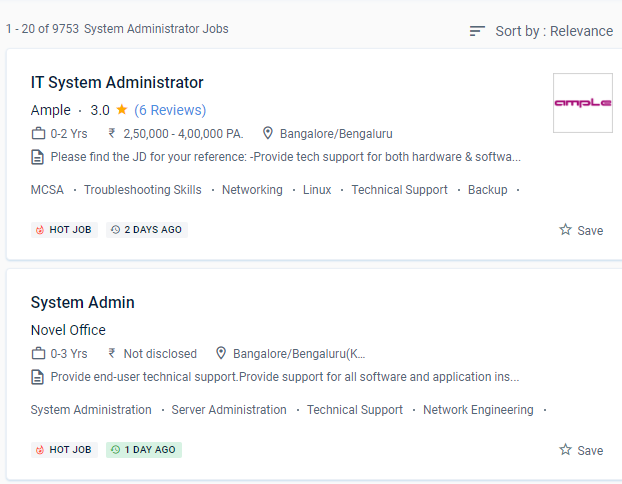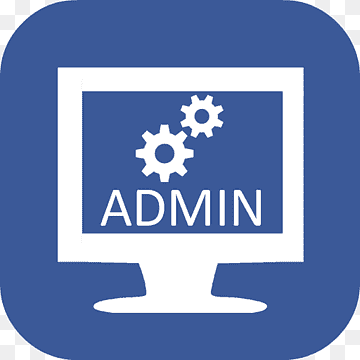System Administration Training by Experts
Our Training Process

System Administration - Syllabus, Fees & Duration
MODULE 1
- System administration introduction, policies, overview, UNIX history and basis
MODULE 2
- File systems and disks
MODULE 3
- Software installation concepts
MODULE 4
- Multi users basics, politics, policies and ethics
MODULE 5
- Automating administrative tasks
MODULE 6
- Networking
MODULE 7
- Backup and disaster recovery
MODULE 8
- DNS
MODULE 9
- SMTP, HTTP
MODULE 10
- Configuration management
MODULE 11
- Distributed computing
MODULE 12
- SNMP, monitoring
MODULE 13
- System security
This syllabus is not final and can be customized as per needs/updates





 Information security managers are given more duties when it comes to protecting sensitive data from hackers.
They set up the network card (NIC) so that data can be sent and received appropriately. Circuit boards and CPUs are assembled by computer hardware engineers to produce functional mobile or desktop devices. It is their responsibility to ensure that computer systems and related services work smoothly. Information technology (IT) experts execute the work of systems administration for a company.
Large companies provide opportunities for system admins to advance through promotions. Network architects have frequently experienced administrators who build data transmission systems from the ground up.
.
They are in charge of producing IT policy recommendations for their organization.
They install computers, laptops, intranets, servers, cybersecurity software, and other technology.
Information security managers are given more duties when it comes to protecting sensitive data from hackers.
They set up the network card (NIC) so that data can be sent and received appropriately. Circuit boards and CPUs are assembled by computer hardware engineers to produce functional mobile or desktop devices. It is their responsibility to ensure that computer systems and related services work smoothly. Information technology (IT) experts execute the work of systems administration for a company.
Large companies provide opportunities for system admins to advance through promotions. Network architects have frequently experienced administrators who build data transmission systems from the ground up.
.
They are in charge of producing IT policy recommendations for their organization.
They install computers, laptops, intranets, servers, cybersecurity software, and other technology.


















































































